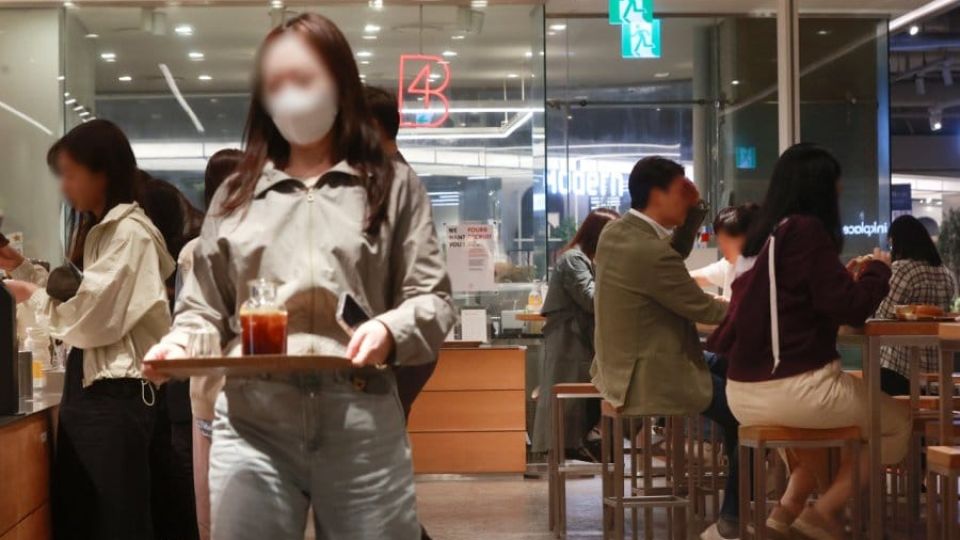May 18, 2023
SEOUL – Prices of popular eating out options at restaurants continued to increase in April, adding more pressure to people’s consumption, a state-led agency’s data showed Wednesday.
According to the Korea Consumer Agency data, the average price of a bowl of jajangmyeon, or noodles in black bean sauce, in Seoul increased by 12.5 percent on-year to 6,915 won ($5.20), up from 6,146 won a year ago.
The average price of a bowl of samgyetang — ginseng chicken soup that is popular during the summer season here — posted a 12.7 percent on-year increase to 16,346 won from the previous year’s average of 14,500 won.
Prices of other food options such as popular on-the-go choice gimbap posted 7 percent increases. The average price of gimbap rose to 3,123 won from 2,908 won, accordingly.
The average price of Korean cold noodle dish naengmyeon also went up by 7.2 percent on-year to 10,192 won from 10,192 won, and the figure for bibimbap increased 6.9 percent to reach 10,192 won from 9,538 won a year ago.
“I can notice the differences in food prices at dining establishments,” said a man surnamed Kwack, 36, who lives in Gyeonggi Province. “When you look at a 1,000 won increase for a certain dish, it does not seem like much, but it feels different when I go out with my wife and kids, for whom I will pay for their food, coffee, dessert and other stuff,” he added.
A man surnamed Jeong, 42, living in Suwon, Gyeonggi Province, also said, “It has increasingly difficult to plan my budget due to increased dining expenses.”
The inflation rate for food at dining establishments in Korea has been increasing at a faster pace than the overall inflation rate for consumer goods.
According to Statistics Korea, the inflation rate for food prices at dining establishments in April came to 7.6 percent, while the inflation rate of consumer price reached 3.7 percent.
Government data also showed that food prices at dining establishments have been increasing for 23 straight months. Prices of processed foods have also been increasing for 17 straight months as well.
Food prices, however, could increase further for the following months amid the ongoing inflationary pressure, industry sources said.
“The recent inflation in sugar prices, for instance, could become another variable that can impose inflationary pressure on the country’s foods prices, particularly those of sugar-based food and beverages, in the future,” an industry source said.


